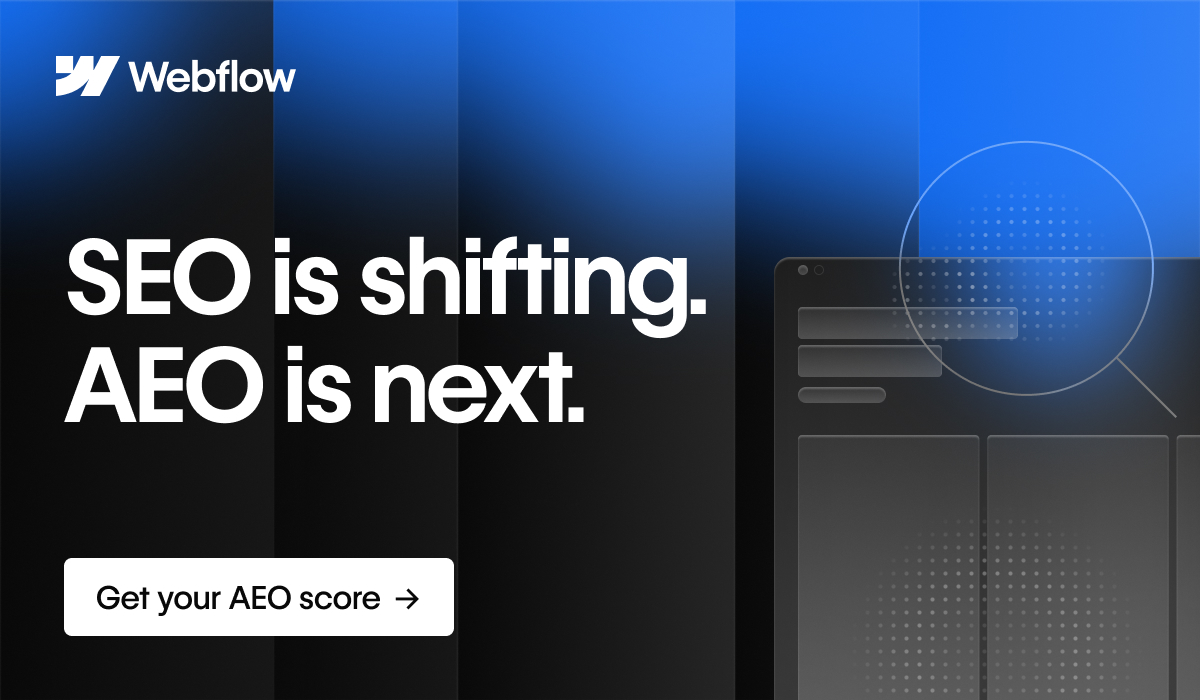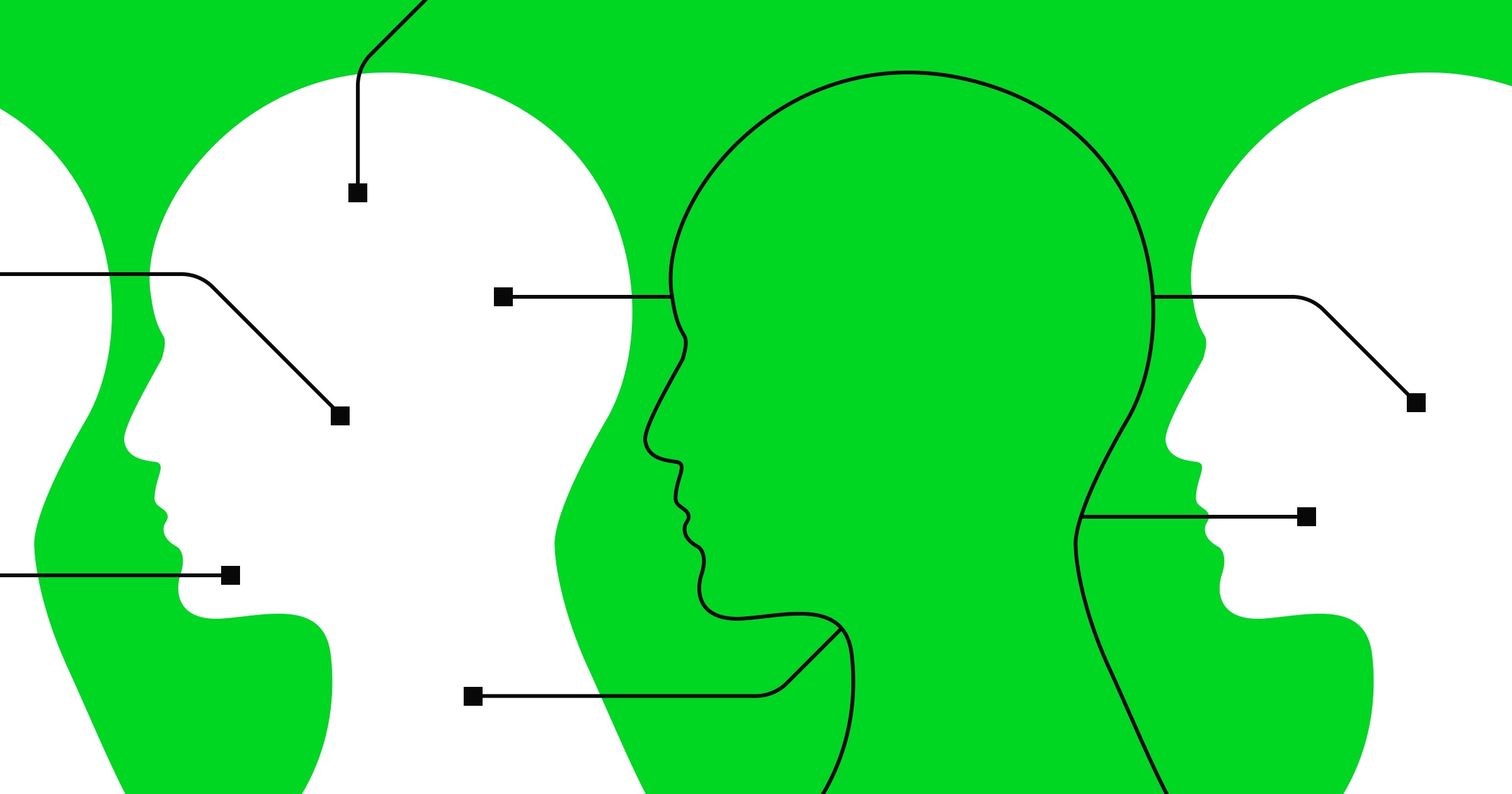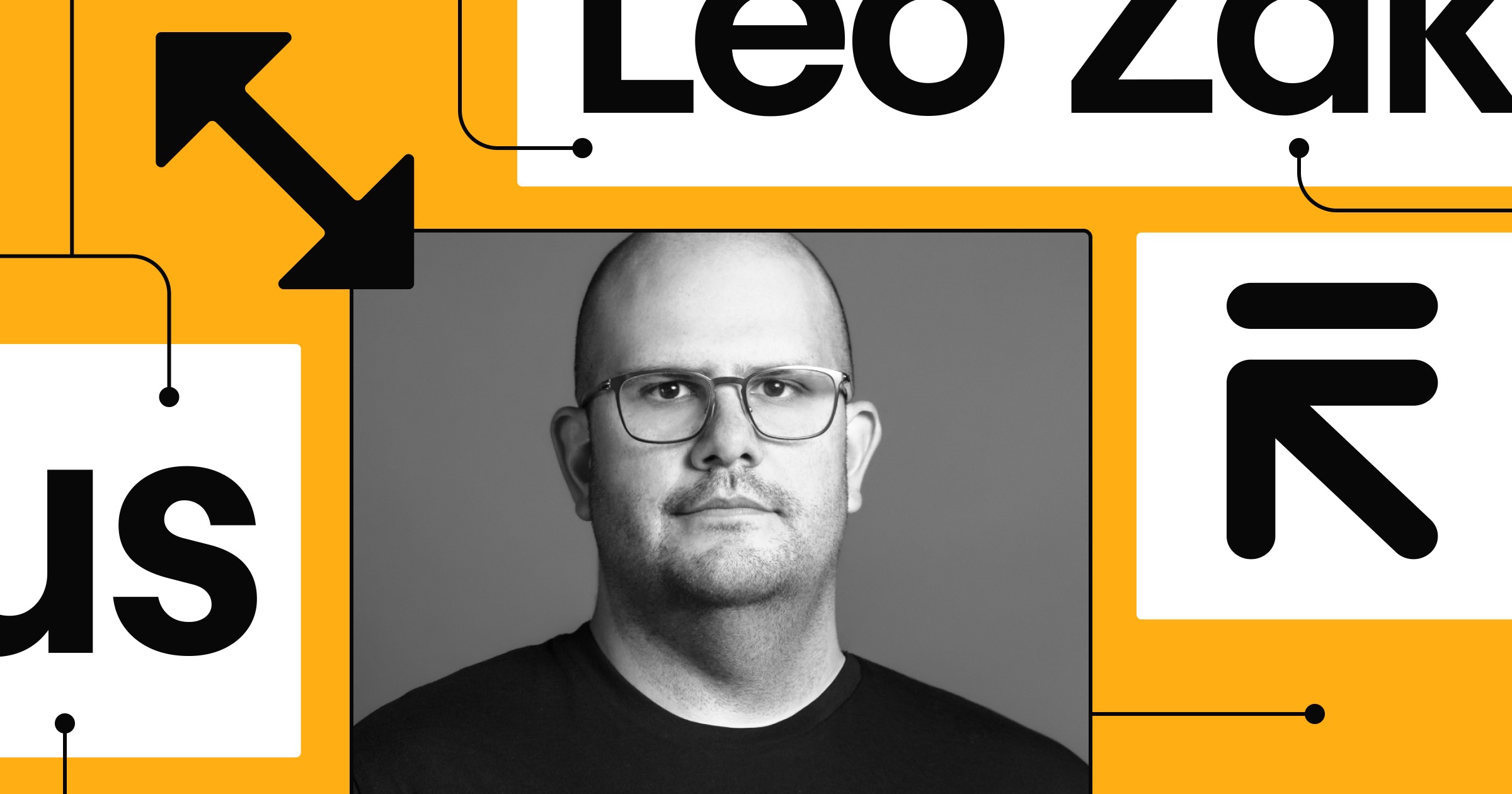Nearly every marketer out there agrees that AI is a big deal.
In Brandwatch’s annual report, a whopping 92% of respondents said the imminent integration of AI in marketing was the top trend for 2024.
But simply using ChatGPT to pump out a huge volume of blog posts is not the way to drive a positive impact. At least, that’s what we can learn from Google’s March 2024 Core Update, which appears to be actively targeting websites full of low-quality (often AI-generated) content.
And that’s what marketing leaders immersed in AI are sharing with their peers. In a recent episode of our Boundless webinar series, Meghan Kearney Anderson, VP of Marketing at Jasper, described how marketers need to make a strategic shift in the age of generative AI.
“The way we create has been turned on its head — by leveraging AI tools, you can drastically reduce the amount of time you spend creating and editing text or video,” Meghan said. “But marketers need to reinvest that time into other areas of content strategy. Conducting original research, interviewing people, or doing more ideation to make that blog post higher quality — because in a world where everyone can create content super fast, you need to stand out and create something that is original and unique.”
There’s also a big opportunity for marketers to use these tools to improve the quality of their work — not just move faster. In one recent study from Harvard Business School and Boston Consulting Group, when consultants used AI for strategic brainstorming tasks, they actually improved their work quality by 40%.
So let’s explore how real marketers are using AI as a collaborative tool to elevate their work and produce meaningful, on-brand experiences.
Analyze customer language to humanize messaging
Any marketer worth their salt knows that the best messaging is rooted in how real customers actually talk about their problems and your product. Customer language is key to moving past empty jargon and corporate-speak to communicate actual value.
But taking the time to conduct interviews, listen to call recordings, and analyze customer language is a luxury many resource-strapped marketers don’t have. So marketing consultant Liza Adams advises her clients to use AI tools like ChatGPT to analyze and summarize customer language.

Marketers can gather their raw customer data (like interviews, product reviews, and sales call transcripts), scrub it of proprietary information, and give it to the LLM with a prompt to identify the top challenges and benefits they get out of the product — in their exact words. No paraphrasing allowed.
The result, according to Liza, is “Messaging that’s relatable, relevant, and compelling with concrete value.”
Review and edit “handwritten” content
Marketing teams often think of using AI to brainstorm, outline, or write the first draft of content — and then apply the human touch during the editing process.
But many writers take the opposite approach, and use AI as a constructive editor.
As freelance writer Bani Kaur writes on LinkedIn, “I ask it to analyze my writing for any logical reasoning gaps. 3 out of 5 times it points out things I've overlooked. For example, I sometimes skip an explanatory sentence to keep things ‘succinct’. And I've learnt this because it’s been pointed out to me repeatedly by ChatGPT.”
Kai Davis, CEO + SEO Consultant at Double Your Ecommerce, tried to use ChatGPT to write content, but found the process “very soggy, even with dozens of hours spent on refining prompts and processes.”
Rather, his team now treats ChatGPT as a writing assistant, rather than a writer itself. Kai advises, “It’s really useful to start with a prompt like: ‘Act as an experienced professional writing coach and copywriter for B2B SaaS. Ask lots of clarifying questions. Review this draft, offer high-level feedback for improving the draft, and offer specific line suggestion rewrites to make it better. Preserve my voice/tone/style/word choice while you make these changes.’”
Plan and conduct original research
As Meghan describes above, conducting original research is a surefire way to make your content stand out from the AI-generated crowd. It’s also a very time-consuming process, from preparing and interviewing subject matter experts to pulling out key insights and editing quotes.
But not for AI.
When preparing for SME interviews, freelance writer Kat Boogard uses ChatGPT to brainstorm thought-provoking questions. “Some of them are good, some of them are bad, and nearly all of them need some tweaking. But it’s a helpful starting point (especially when I’m struggling to distill all of my thoughts into actual questions to ask someone).”
During the interview itself, many writers (including yours truly) use AI-powered notetakers like Fathom or Otter.ai to record interviews — and then generate searchable transcripts, often accompanied by time-stamped summaries and key takeaways. This helps minimize the distraction of manual note-taking during the interviews, which helps improve the quality of the conversation, and quickly surfaces valuable quotes during the drafting process.



















See how ready your site is for AI-driven discovery
Get a free AEO Assessment to evaluate how well your site is prepared for the new era of search. You’ll receive insights on how your content is interpreted by LLMs and where you can improve discoverability.
Ideate and generate visuals
Time-strapped marketers who want to produce more engaging content can use AI to leverage visual communication, from ideation and brainstorming to actual image generation.
Content strategist Katarina Mirković Arsić uses GenAI to help her add valuable illustrations to her blog posts, “I ask [ChatGPT] to read my article and find opportunities to present information in a visual way (tables, graphics, infographics) and to describe them.”
Let’s be clear: AI-generated images aren’t right for every use case. But when this approach is aligned with your brand identity and guidelines, it’s a fast and affordable way to add powerful visuals to content.

For example, AI newsletter Superhuman uses Midjourney to generate their email newsletter images — which fit in perfectly with their tech-forward brand. And here at Webflow, our Staff Web Designer Corey Moen prefers the designed-for-designers Visual Electric to generate consistent, high quality images.
Expert tips for AI-elevated marketing
Ready to move beyond task automation to elevated AI-powered marketing? We rounded up a few pieces of advice.
Evaluate new AI tools with real use cases
“Try to keep a pulse on AI tools and features you hear about (bookmark them), and then time box test one when you have a real-world use case,” says Corey. “Playing with them without a real use case is fine — but I’ve just found it much harder to then know its true value and ability to replace or improve a current task or workflow.”
Don’t expect to downsize your creative team
“People who think they can lay off their marketing or writing team because they have an AI tool now are sorely mistaken,” says Meghan. “We need to reinvest in story hunters, journalist types, editors — someone who can create something that is original online. Because originality is now the currency of content strategy. Quality is not just a nice-to-have, but an existential necessity for marketers moving forward.”
Reinvest the time AI saves into strategic thinking
“In order to create brand experiences that will stand out, AI needs to work in connection with human creativity,” says Leo Zakour, co-founder and CEO at digital agency Refokus. “Agencies that reinvest the time AI saves into deeper research, creative brainstorming, design iteration, strategic thinking — those will be the teams that build unique, differentiated brand experiences that resonate and ultimately dominate the markets.”
Bottom line: AI is a useful tool to be wielded by talented marketers, not a magic wand that replaces the need for human creativity. Viewing AI through this lens will help your team maintain your brand authenticity while doing elevated work and creating more meaningful connections with your audience.

Webflow Enterprise
Loved by designers. Trusted by enterprises. Bring Webflow in-house at your company with advanced security, custom traffic scaling, guaranteed uptime, and much more.








.jpeg)






















